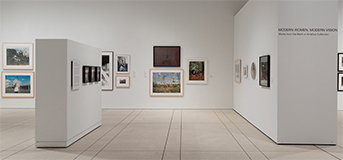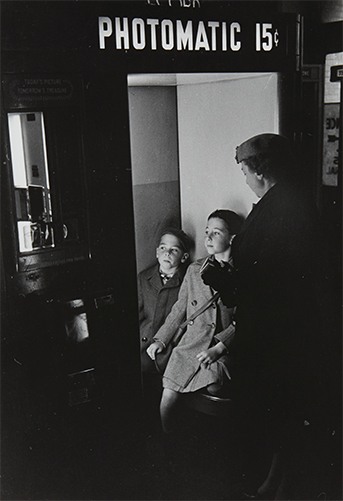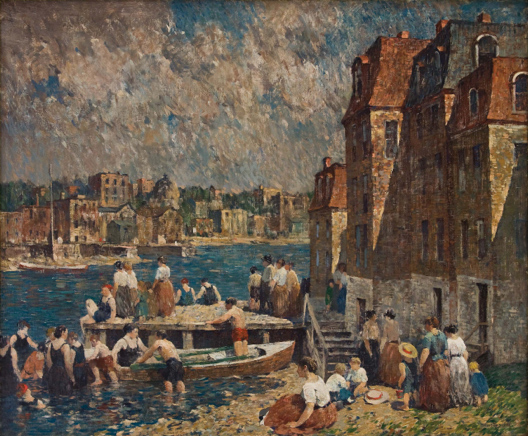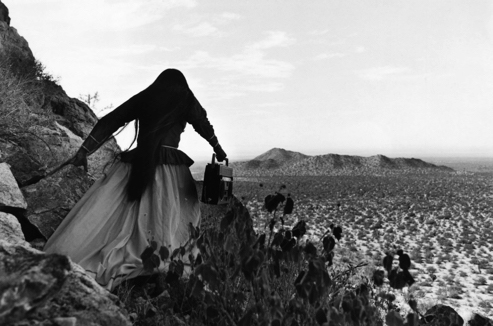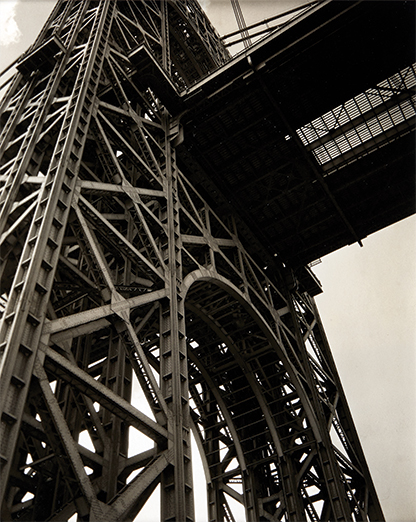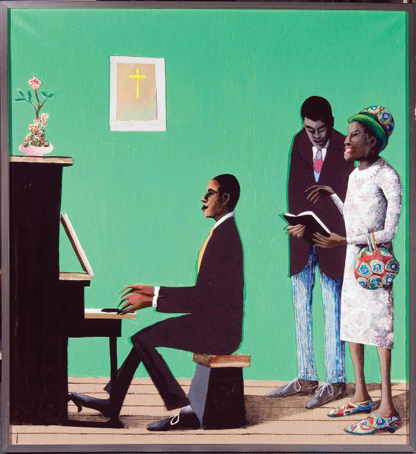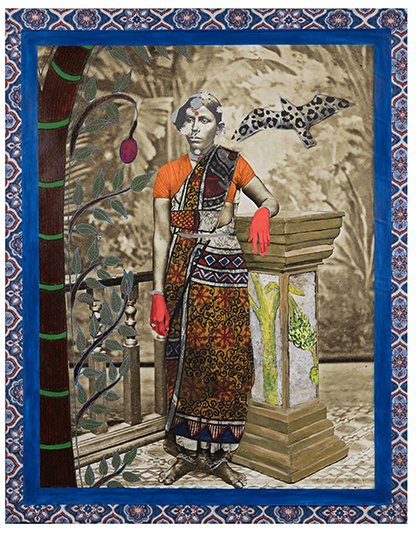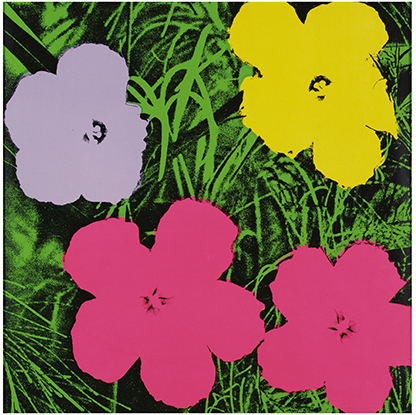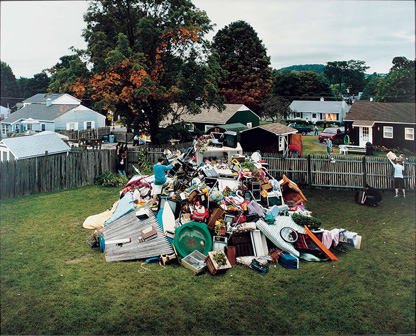Bank of America shares our art collection through curated exhibitions with museums and nonprofit cultural institutions.
Since launching this program in 2008, we have loaned our exhibitions over 175 times to cultural institutions around the world.
For museums: Please contact us to explore an exhibition loan.


